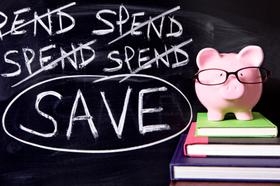Hidden Costs of Community College: Books, Fees, and Living Expenses
Attending a community college can be a smart choice for students seeking affordability and flexibility. However, the conversation often centers on tuition—while other costs quietly inflate the true price of attendance. In 2025, understanding the hidden costs of community college—such as books, fees, housing, food, and transportation—is essential for parents, students and educators alike. This article explores those lesser-acknowledged expenses, provides current data, and offers practical guidance for budgeting and planning.
Understanding the Full Cost of Attendance
When prospective students examine community college costs, tuition often gets the spotlight. It’s true that two-year institutions tend to have lower tuition than four-year colleges, but that doesn’t mean overall affordability is guaranteed.
For example, a recent report by the Center for American Progress shows that for the 2024-25 academic year at community colleges, tuition and fees represented only about 20 percent of a student’s total budget — while housing and food accounted for 51 percent.
Similarly, the Urban Institute found that for two-year institutions, tuition and fees may cover just one-fifth of the cost of attendance—underscoring how substantial non-tuition costs are.Higher Education Today
This means that budgeting only for tuition leaves many students exposed to unexpected expenses that can affect retention and completion rates.
Major Hidden Cost Categories
Below is a breakdown of the key categories of hidden costs for community college students in 2025.
1. Books,



















